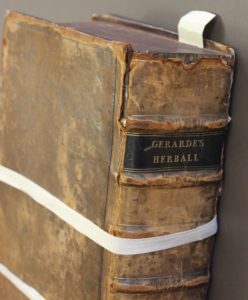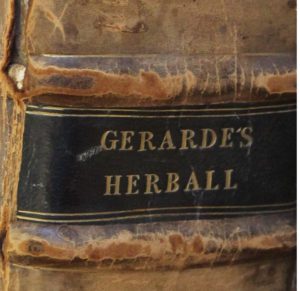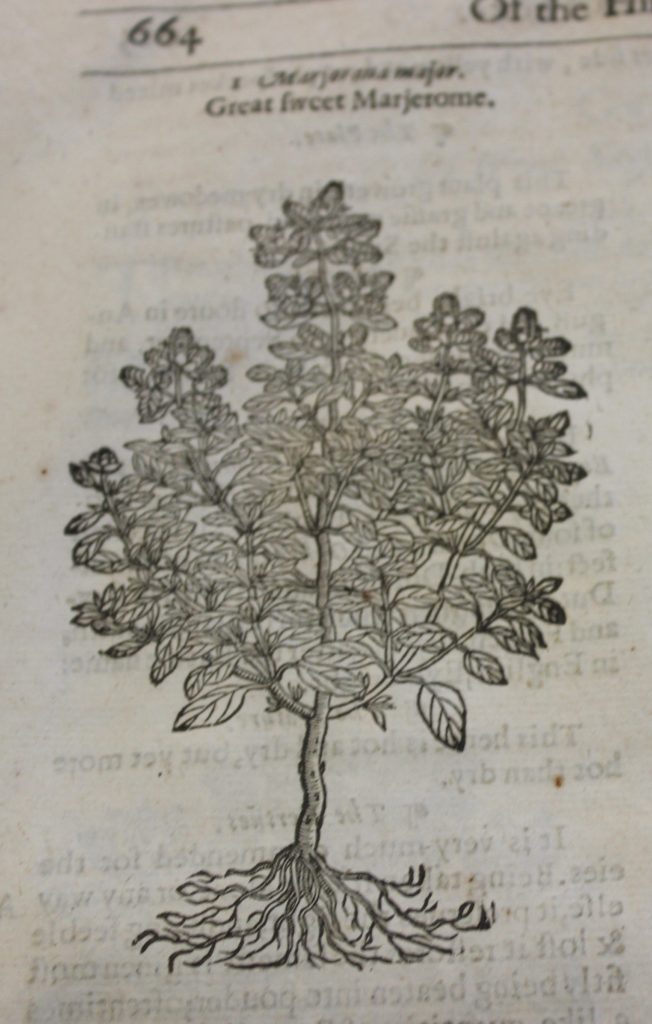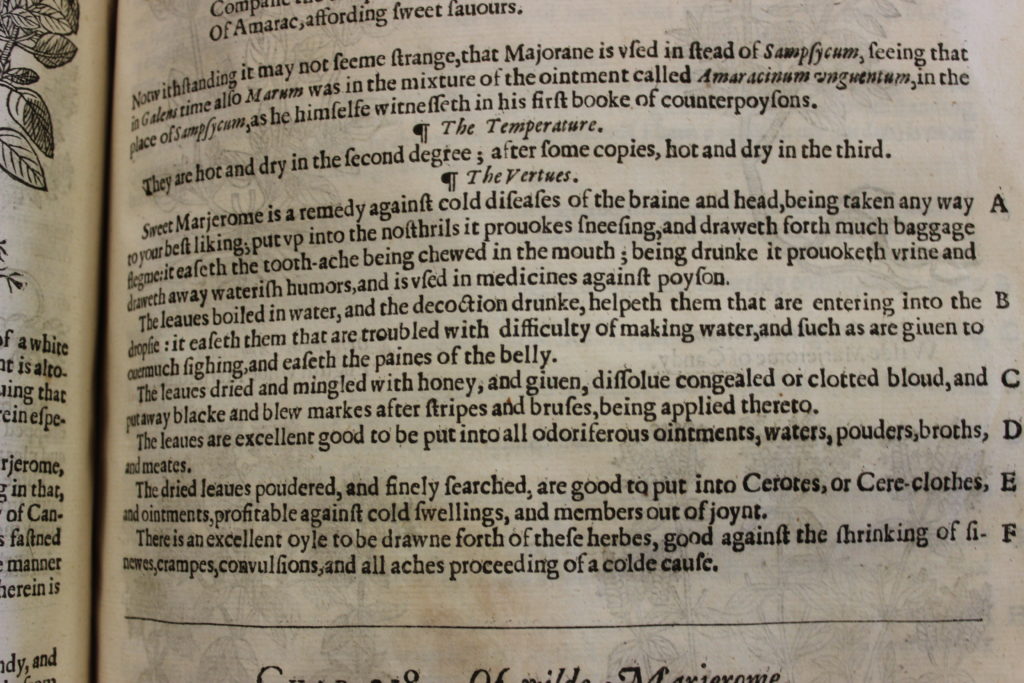(Disclaimer: do not try this at home or any other location – medieval treatments were just as likely to cause illness as to cure it)
Note: this blog was published prior to the 18th of August, and was posted in sequence with the Tudor Herbe Wives event (which has now passed)
Our Cathedral has an incredibly old library. It officially began archiving texts in 1072, and as you would expect, it has a bounty of books, manuscripts and other delights from a variety of eras, including a huge collection from the medieval period.
Many of these books are medical miscellanies and ‘herbals’, a compendium detailing herbs and their many uses. In honour of the upcoming Tudor Herbe Wives performance and talk, we thought it would be appropriate to share a list of medieval treatments that may be helpful to you or your family members in this transitional period from heatwave summer to heatless winter.
Number Two, a treatment for colds
There’s no need to describe this garden variety lurgy, but I shall do so anyway. It’ll keep you up at night with tissues stuffed in your nasal passages, or knock you down with the sheer force of its expulsions, and it will always be a nuisance. Despite tall tales from grandmothers, a cold does not come from going out without a coat or walking around with no socks. It is an everywhere festival of germs, and indeed, this makes it all the more imperative to follow the advice of our elders, but perhaps not those closest to us.
Multiple texts, from multiple herbals, from multiple eras would declare the modern marjoram a solution to sneezing and phlegm. Evidently at the time of Culpepper’s Herbal, it needth no description, for it is so well known, which would presumably mean that not only is it very biologically diverse, it was incredibly useful to past peoples.


One large tome, Gerarde’s Herball, illustrates the plant, and details its use in combating the olde equivalent of our common cold (amongst other things).


Transcription:
Sweet Marjerome is a remedy against cold diseases of the braine and head, being taken any way to your best liking, put up into the nostrils it provokes sneezing, and draweth forth much baggage phlegm; it easeth the tooth-ache being chewed in the mouth; being drunke it provoketh urine and draweth away waterith humours, and is used in medicines against poyson. The leaves boiled in water, and the decoction drunke, helpeth them that are entering into the dropse; it easeth them that are troubled with difficulty of making water, and such as are given to overmuch sighing, and easeth the paines of the belly. The leaves dried and mingled with honey, and given, dissolve congealed or clotted bloud, and put away blacke and blew markes after stripes and bruses, being applied thereto.
The leaves are excellent good to be put into all odoriferous ointments, waters, pouders, broths and meates.
The dried leaves poudered and finely searched are good to put into Cerotes, or Cere-clothes, and ointments, profitable against cold swellings, and members out of joynt. There is an excellent oyle to be drawne forth of these herbes, good against the shrinking of the sinewes, crampes, convulsions, and all aches proceeding of a colde cause.
Final blog to be released soon – a treatment for your hacking cough
If you’ve enjoyed these posts, you might consider coming to our Herbal Wives talk and performance this Saturday (TOMORROW, August the 18th), and our medical series dotted throughout the coming months, including October’s Medical Matters and Treasures of the Cathedral’s Medical Collections talks, and November’s Medieval Medical Manuscripts event.